J-Pop Legend Tatsuro Yamashita: A Study of His Band’s Iconic Instruments – Part I
This edition of Vagabond Synth Nerd’s Journal explores Tatsuro Yamashita from the perspective of an instrumentalist. With the release of his new album, we’ll take a deep dive into his music, focusing on keyboard instruments, solo sections, and the role of various instruments in his arrangements.
What I admire about Tatsuro Yamashita isn’t just his songwriting but also his deep understanding of instrumentation and solos—an aspect often overlooked in J-Pop discussions. This keen awareness is reflected in his albums, showcasing his ability to maintain balance, musical depth, and a sense of tension within his compositions.
On TV music programs, guitar solos are often cut or, if included, the camera stays focused on the singer rather than the instrumentalist.
As a musician, I wish the technical aspects of performances—including solos—were given more attention. However, in the world of mainstream pop and kayōkyoku, the performance itself tends to take a backseat to what appeals to the widest audience. That’s just the nature of the genre.
J-Pop Legend Tatsuro Yamashita: Iconic Keyboard Performances and Solo Highlights
Tatsuro Yamashita is different. He values musicianship and thoughtfully integrates instrumental solos into his music. In typical pop songs, you wouldn’t expect a trombone solo like the one by Shigeharu Mukai, or a trumpet solo from Randy Brecker, featured in a song he wrote for Mariya Takeuchi. His exceptional ability to choose musicians elevates the entire composition.
From Eiji Toki’s saxophone solos and Ryuichi Sakamoto’s piano work to Hiroshi Sato’s keyboard performances and Tsunehisa Matsuki’s guitar solos, every element is carefully curated to enhance the music.
In Tatsuro Yamashita’s albums, vocals and instrumental solos exist on equal footing, with solo sections adding tension and depth to the music. This balance is part of what makes his music so enjoyable to listen to.
His early albums, in particular, showcase this approach most clearly.
In this installment, we’ll examine Tatsuro Yamashita’s music through the lens of Ryuichi Sakamoto’s performances. Sakamoto, who was in his early twenties at the time, delivered brilliantly sharp and expressive playing.
My Introduction to Tatsuro Yamashita’s Music Wasn’t Through His Singing—It Was a Sax Solo!
Back in 1978, when I was a university student, I was part of the light music club. Like many students who weren’t too keen on attending classes, I would head straight to the clubroom after grabbing a 100-yen curry from the cafeteria.On my way there, I heard an incredible performance and an amazing sax solo coming from the folk music club’s room.
Curious, I opened the door and asked, “Who is this?”
“It’s Tatsuro,” someone replied.
I had no idea who they were talking about. At the time, I was completely immersed in progressive rock and had never listened to Tatsuro Yamashita. To my surprise, the music was from a live album—IT’S A POPPIN’ TIME.
My introduction to Tatsuro Yamashita’s music was through the jazz-infused saxophone solo by Eiji Toki.
■ Recommended Album: Tatsuro Yamashita – Spacy (1977)
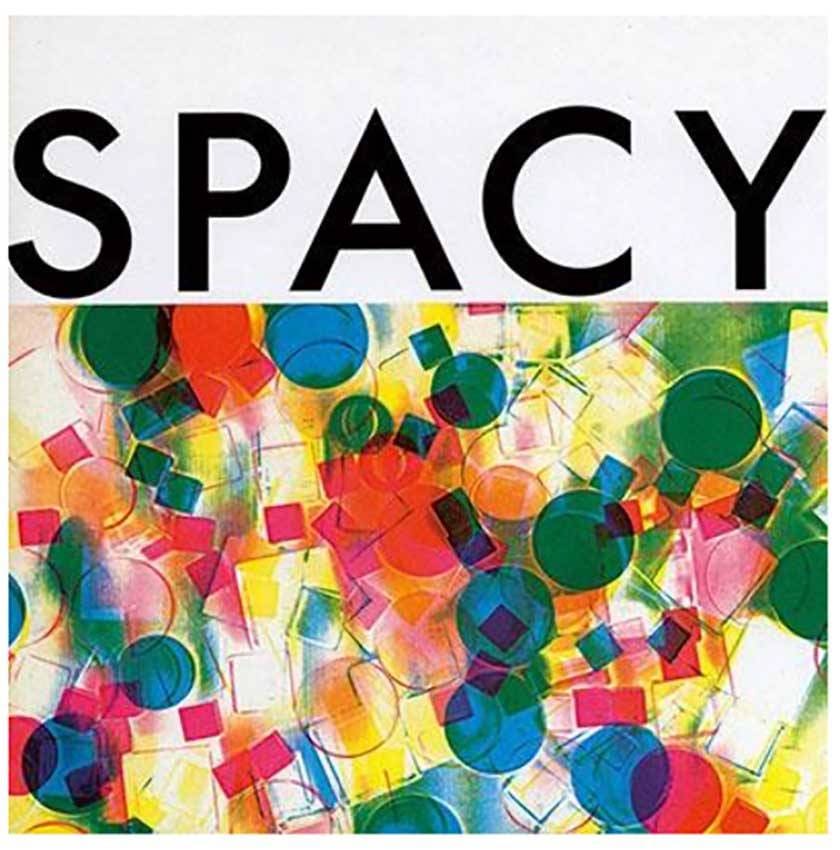
Tatsuro Yamashita’s brilliant second album, released in 1977, Spacy is filled with gems like “Love Space,” “Candy,” “Suteki na Gogo wa,” “Dancer,” “Umbrella,” and “Solid Slider.”
The album features two outstanding keyboardists: Ryuichi Sakamoto and Hiroshi Sato. Comparing their distinct playing styles adds another layer of enjoyment to the listening experience.
Recommended Track: "Solid Slider"
Ryuichi Sakamoto’s Fender Rhodes solo on “Solid Slider” is simply outstanding! Rather than an improvisation, I suspect it was carefully written out, including its structured development.
The way the solo builds from the beginning to the middle is masterful, showcasing a keen sense of composition. In the latter half, there’s even a moment where he pounds the keys with his fist—a technique reminiscent
■ Recommended Album: Tatsuro Yamashita – IT’S A POPPIN’ TIME (1978)
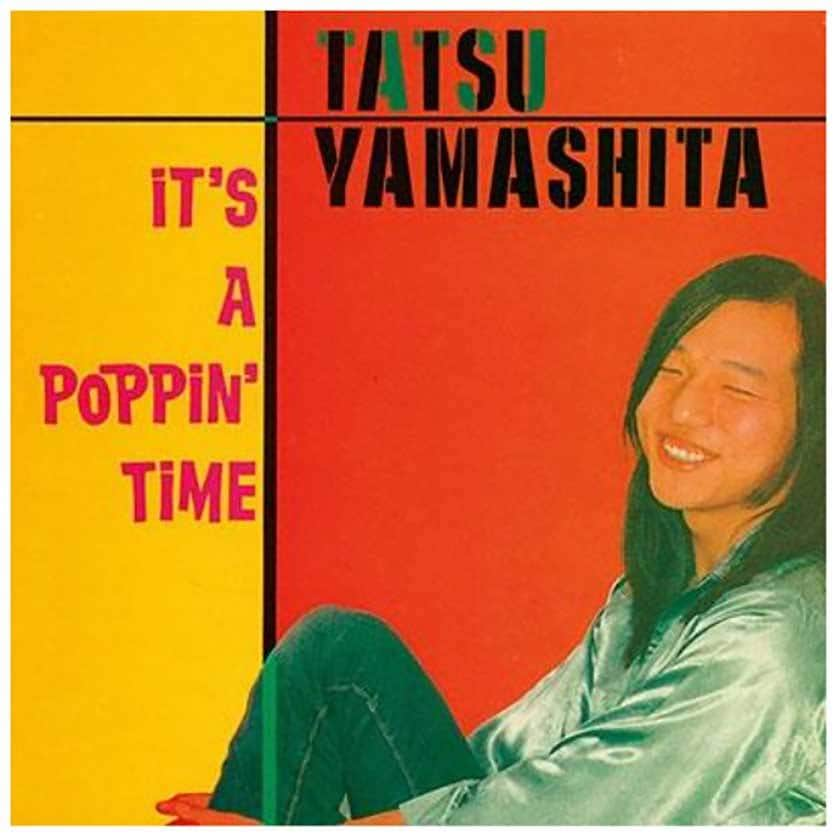
The album I heard coming from the folk music club’s room was this one—IT’S A POPPIN’ TIME, a double-disc live recording from Roppongi Pit Inn.
Featuring an all-star lineup of Japan’s top musicians at the time:
Guitar & Vocals: Tatsuro Yamashita
Keyboards: Ryuichi Sakamoto
Guitar: Tsunehisa Matsuki
Bass: Akira Okazawa
Drums: Shuichi “Ponta” Murakami
Saxophone: Eiji Toki
Chorus: Minako Yoshida
Since this is a live recording, there were no second takes or post-production edits—everything was captured in a single performance. That raw energy and sense of tension translate into an incredible musical experience, with every musician delivering their best.
Tatsuro Yamashita has mentioned that this live album was inspired by Donny Hathaway’s live recordings (which I’ll touch on later). Like Hathaway’s album, IT’S A POPPIN’ TIME features extended improvisational sections, allowing each musician ample space to showcase their skills.
One of the album’s defining characteristics is its abundance of improvised solos, making it a treasure trove for those who appreciate top-tier musicianship. You can even hear the musicians’ breathing and raw energy, adding to the immersive experience.
For instrumentalists, this album serves as an invaluable study resource.
Recommended Track: "Paper Doll"
For this live performance, Ryuichi Sakamoto played an acoustic piano, a Fender Rhodes electric piano, and an ARP Odyssey synthesizer.
On “Paper Doll,” his restrained Fender Rhodes solo takes center stage, showcasing his subtle yet expressive touch. His interplay with Shuichi “Ponta” Murakami on drums is particularly impressive, demonstrating their deep musical connection.
The fade-out ending in a live setting is also a remarkable touch, adding to the song’s unique atmosphere and making it stand out even more.
Recommended Track: "Solid Slider"
Ryuichi Sakamoto’s Fender Rhodes performance is outstanding. His Rhodes solo begins with a serene and tranquil opening, gradually building as the band intensifies. The way the musicians interact and elevate the performance together makes this a prime example of live musicianship at its finest.
■ Reference Album: Donny Hathaway – Live
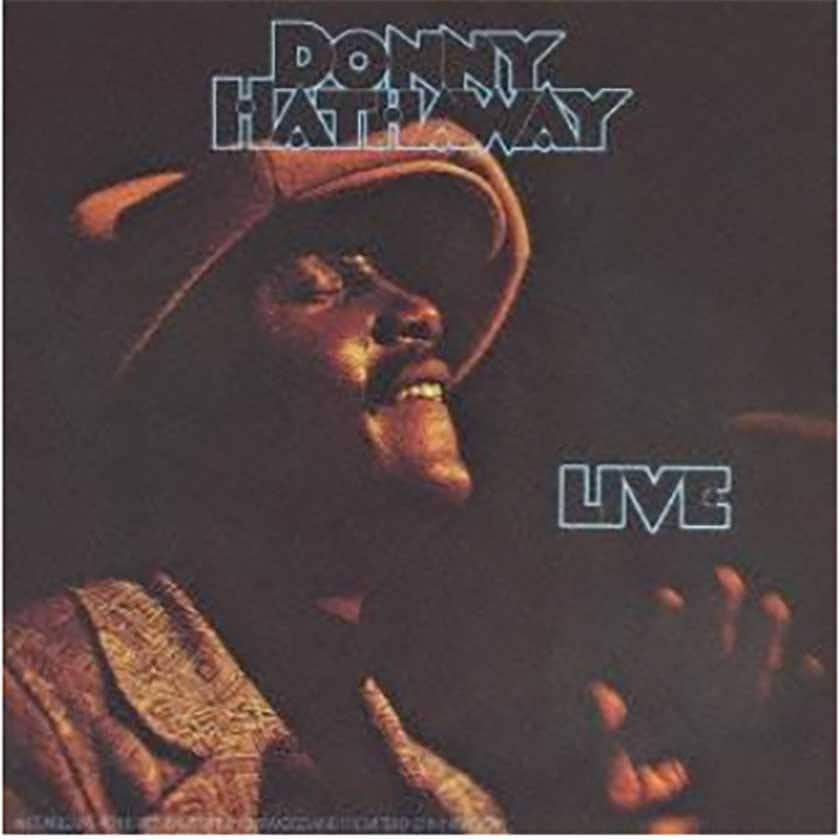
Donny Hathaway’s historic masterpiece. Tracks like “The Ghetto” feature his must-hear Wurlitzer electric piano solo. The album perfectly captures the raw energy and intensity of a live performance.
■ Recommended Album: Tatsuro Yamashita – Go Ahead (1978)
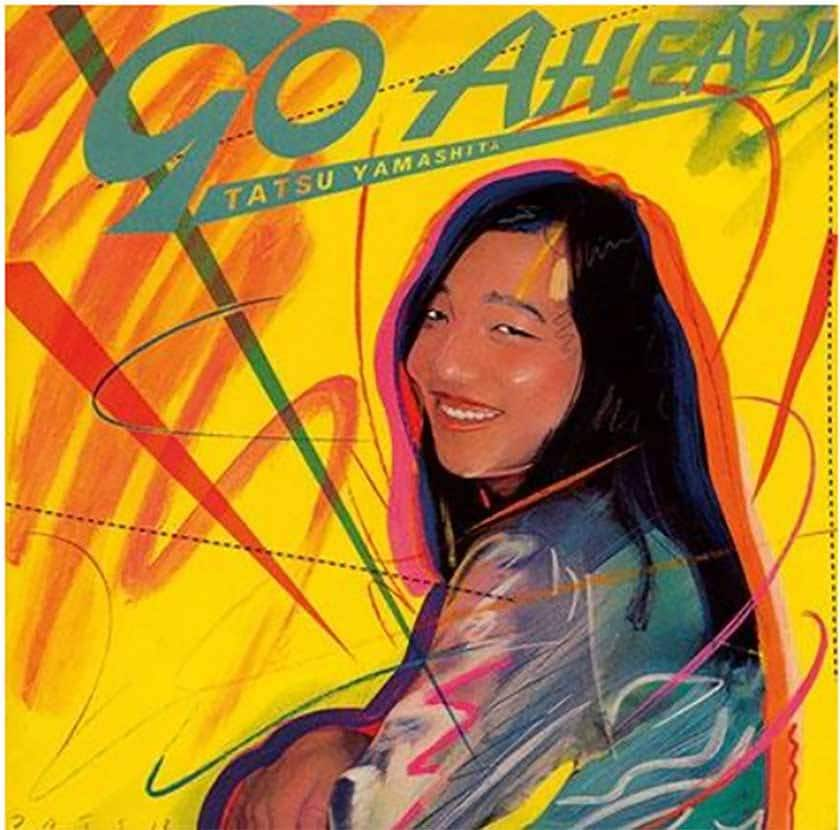
The studio album “Go Ahead” was released after the Pit Inn live recording (IT’S A POPPIN’ TIME). Some tracks overlap with the live album, but feature different arrangements—for example, the drum performance on “Paper Doll” differs significantly from the live version.
Tatsuro Yamashita once mentioned that, due to limited budgets for studio recordings, he couldn’t afford extensive trial-and-error sessions to refine rhythm patterns. Instead, he had to carefully plan out each track in advance.
This album, created after the live recording experience, offers insight into his creative struggles and evolution as both a producer and a musician. Later, Tatsuro himself remarked that the recording quality of the bass and drums on “Go Ahead” was the best among his albums at the time.
Recommended Track: "Paper Doll"
In the studio version, there is no keyboard solo; instead, Tatsuro Yamashita’s own guitar solo takes the spotlight. According to the liner notes, the guitar solo was originally recorded without a wah effect. During the trackdown process, Yamashita manually adjusted the effect in real time to achieve the desired sound.
Additionally, Ryuichi Sakamoto’s Fender Rhodes performance, enhanced with a phaser effect, is exceptional.
Featured Musicians, Albums, Recommended Tracks, and Keyboards Used
- Artists: Tatsuro Yamashita, Ryuichi Sakamoto, Shuichi "Ponta" Murakami, and others
- Albums: Spacy, IT’S A POPPIN’ TIME, Go Ahead
- Tracks: Solid Slider, Paper Doll
- Instruments Used: Fender Rhodes electric piano, acoustic piano, and more
⇨ SOUND HOUSE Piano/Synthesizer Collection
The “sound & person” column is made up of contributions from you.
For details about contributing, click here.











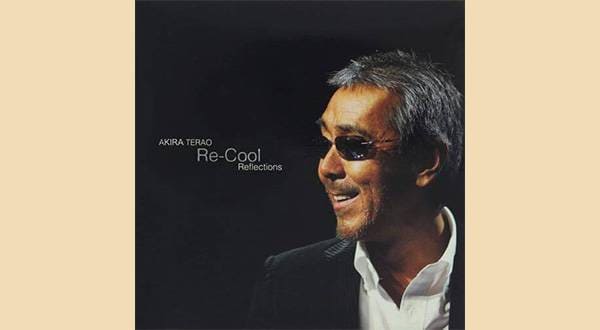
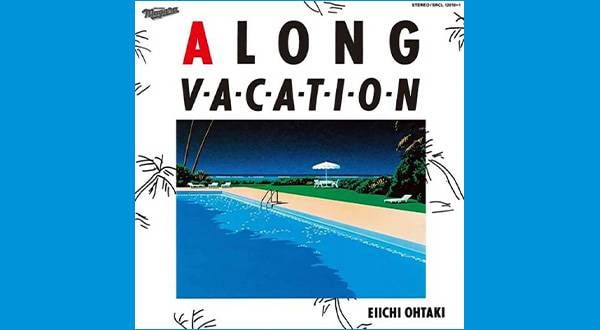

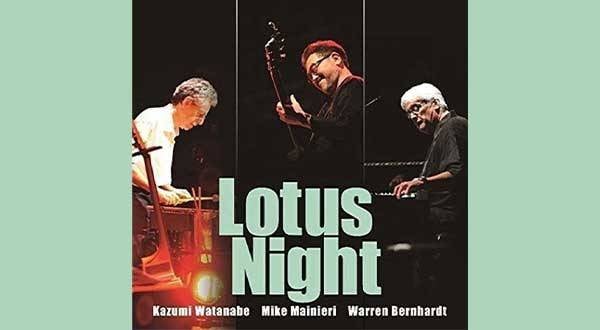
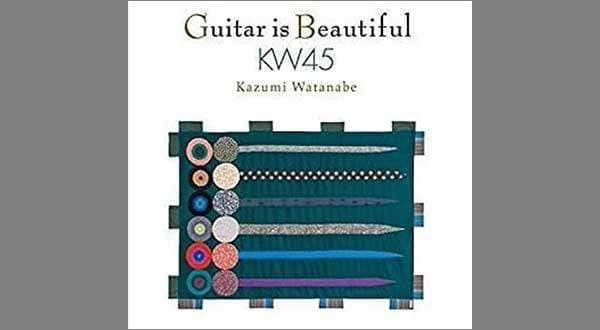
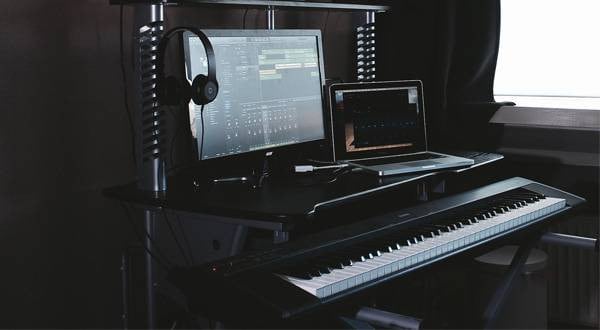
 USB接続対応のMIDIキーボード
USB接続対応のMIDIキーボード
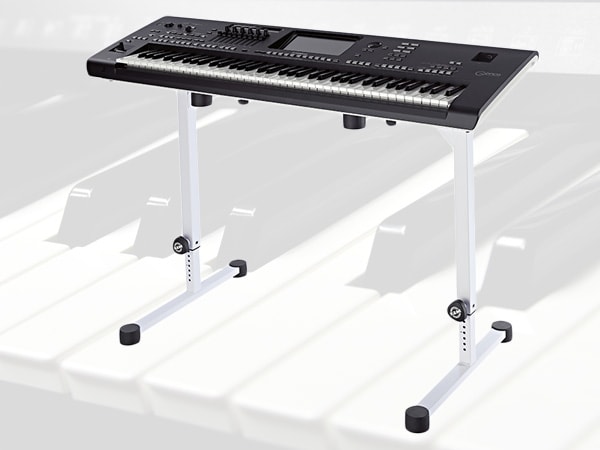 キーボードスタンドの選び方
キーボードスタンドの選び方
 超オススメのフレーズ道場 キーボード
超オススメのフレーズ道場 キーボード
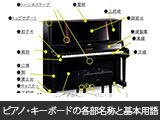 ピアノ・キーボードの各部名称
ピアノ・キーボードの各部名称
 キーボードスタートガイド
キーボードスタートガイド
 キーボード・ピアノ講座
キーボード・ピアノ講座















